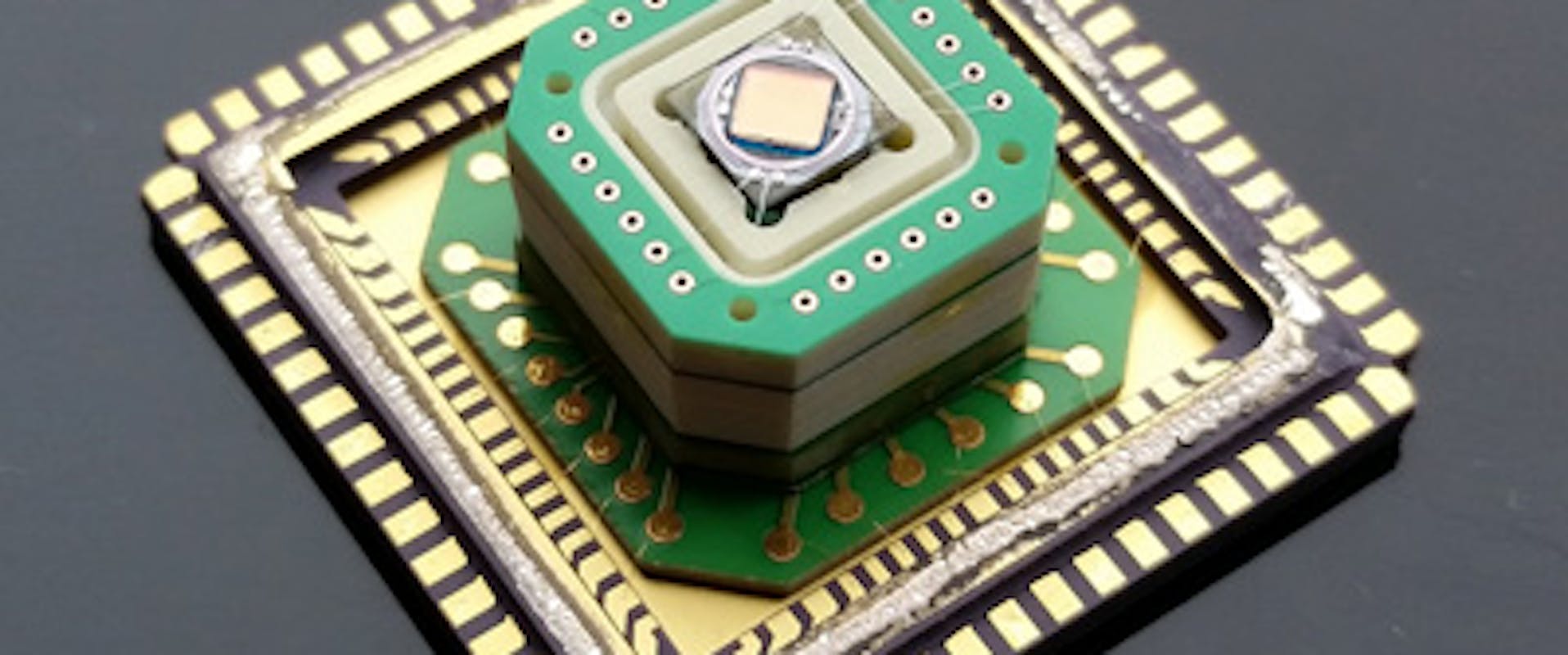7 February 2022
Le piège parfait
Grâce à une fibre de verre spéciale, munie de miroirs à ses deux extrémités, il est désormais possible, de manipuler la polarisation d'une onde laser continue. ...
Precise timing is at the core of modern technologies, such as navigation satellite systems, and has widespread applications in telecommunications, like the Internet, which depend critically on frequency and time standards. CSEM has built a miniature atomic clock targeted to hand-held devices.

For centuries, men have sought the most accurate means to measure and monitor time. Their search has ranged from tracking the regular motions of heavenly bodies to probing the energies of atoms. In an atomic clock, the natural oscillations of the electronic cloud around an atoms act like the pendulum in a grandfather clock. However, atomic clocks are far more precise than conventional clocks because atomic oscillations have a much higher frequency and are much more stable under controlled conditions.

Atomic clocks enable a wide range of technologies that rely on stable and precise timing, like e.g. Global Navigation Satellite System (GNSS), telecommunication and high-speed mobile networks (4G), electricity distribution network (Smart Grid). Banks also need very accurate clocks to guarantee the time and date stamps of high-frequency transactions with microsecond accuracy.

Atomic clocks are complex devices that rely on the quantum nature of atoms to produce a stable frequency source and precise timing. In this context, the system division at CSEM offers unique competencies and decades of hands-on experience. Currently, the focus of our development resides in the miniaturization of atomic clocks for hand-held devices. We aim at producing a stable frequency reference compatible with battery operation, mass production and low cost. To achieve this, we chose an atomic interrogation scheme compatible with low power consumption, developed a dedicated ASIC, fabricated miniature functionalized cells, and designed different physical packages architectures. This development is performed partially on ESA project (C-MAC), in partnership with industry, and on own funding. Having a good quality local oscillator is expected to improve the performance of GNSS receivers (speed of signal acquisition, positioning accuracy, safety) and of telecommunication networks.